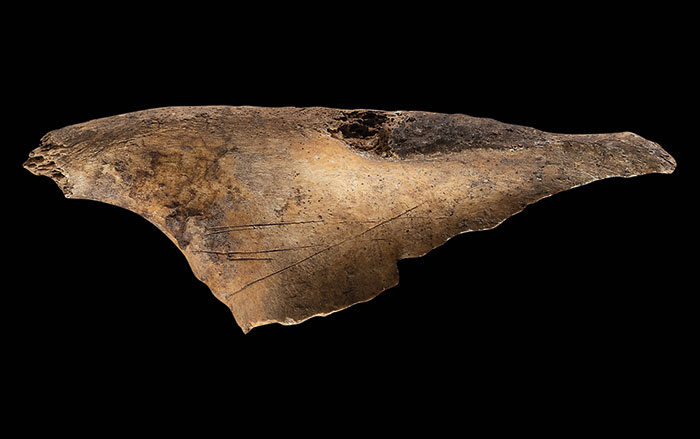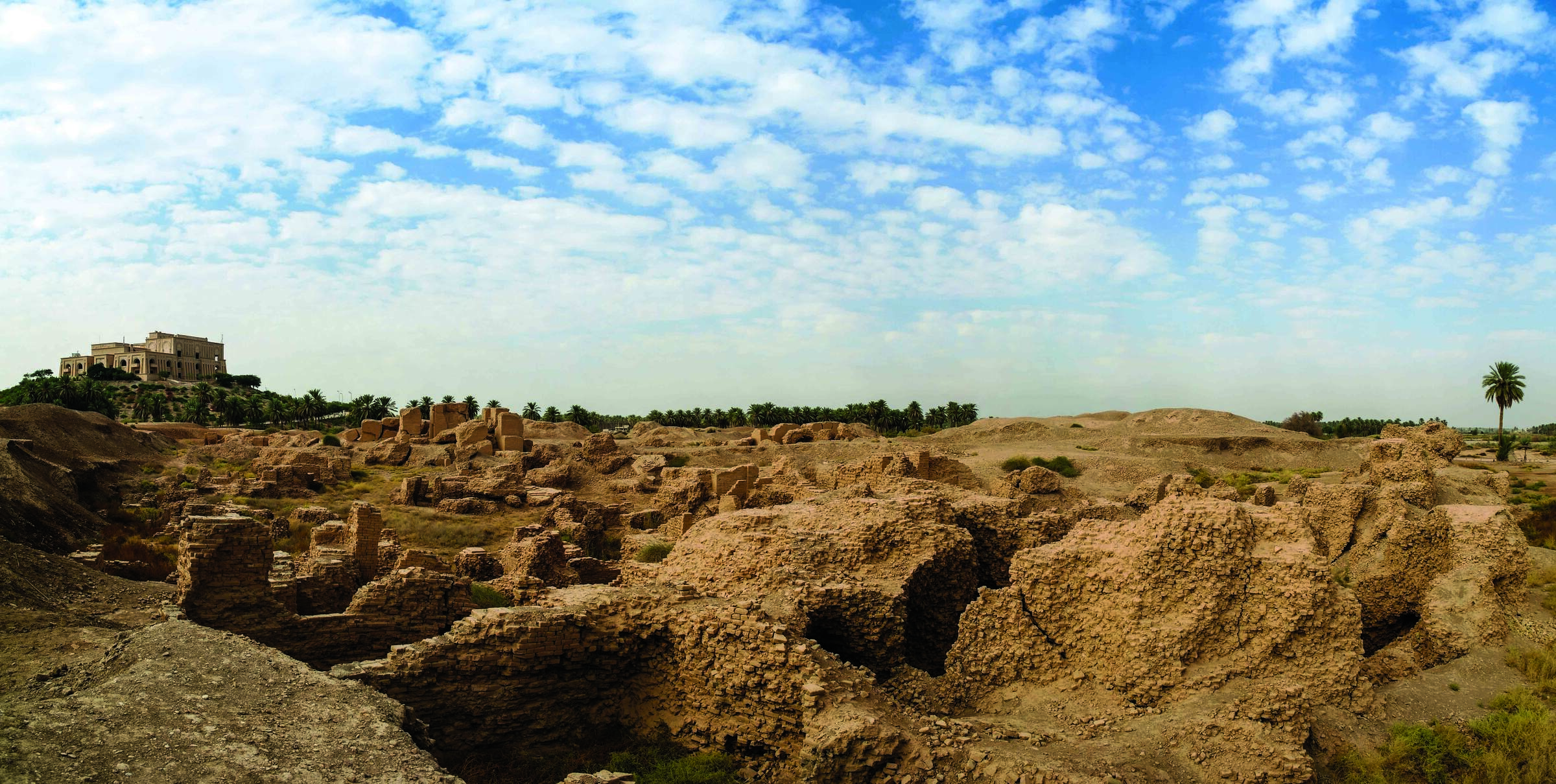
WILTSHIRE, ENGLAND—BBC News reports that pits that may have been dug by prehistoric hunters as early as some 10,000 years ago have been discovered near Stonehenge by researchers from the University of Birmingham and Ghent University. The team members combined traditional archaeological methods with a noninvasive technique called electromagnetic induction survey, which makes use of the electrical conductivity of the soil to investigate what rests beneath the surface. “The traces we see in our data span millennia, as indicated by the 7,000-year time frame between the oldest and most recent prehistoric pits we’ve excavated,” said Paul Garwood of the University of Birmingham. The largest one measures about 13 feet wide and more than six feet deep. “[This] discovery of the largest known Early Mesolithic pit in north-west Europe shows this was a special place for hunter-gatherer communities thousands of years before the first stones were erected,” commented archaeologist Nick Snashall of the Stonehenge and Avebury World Heritage Site. For more on recent research at Stonehenge, go to "Epic Proportions."










